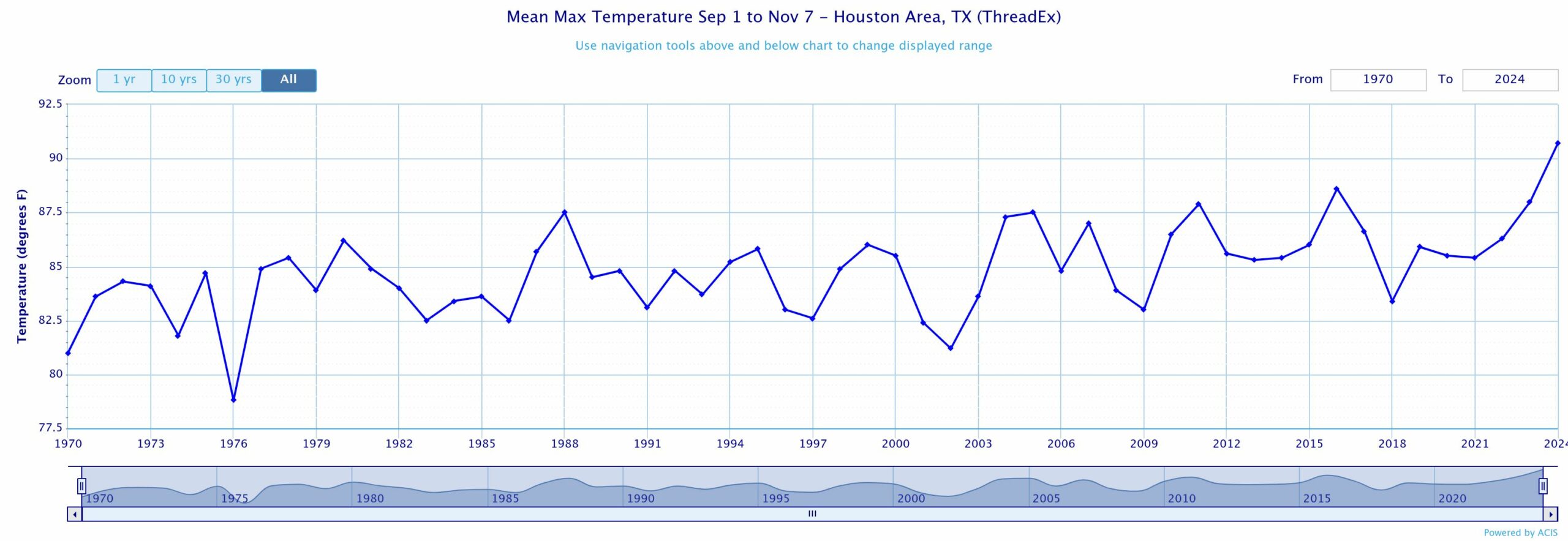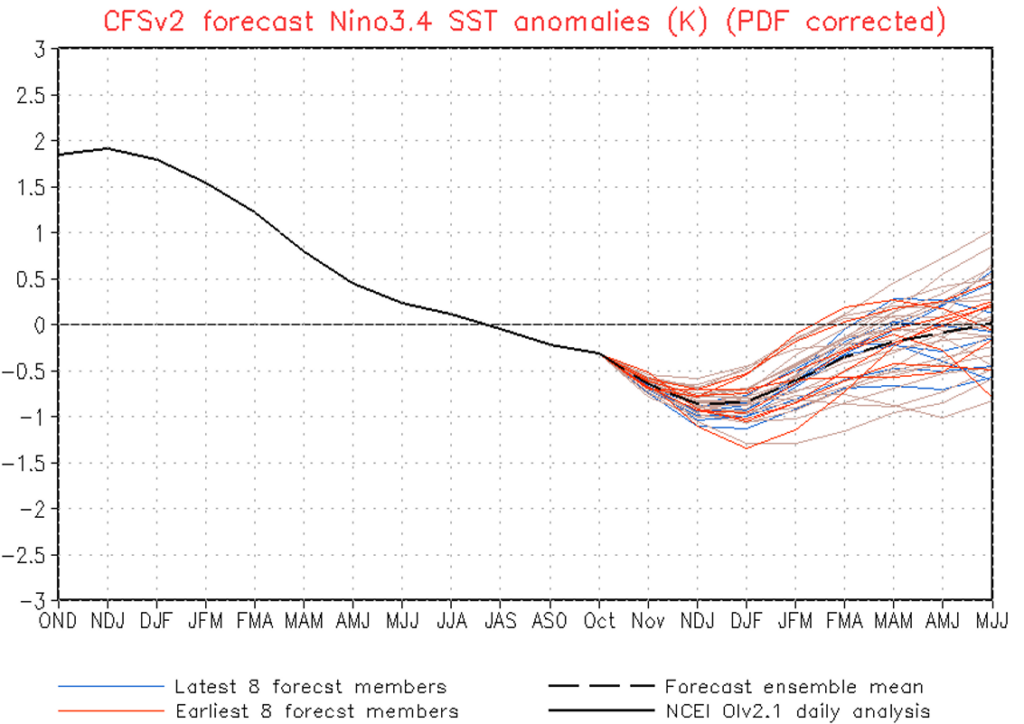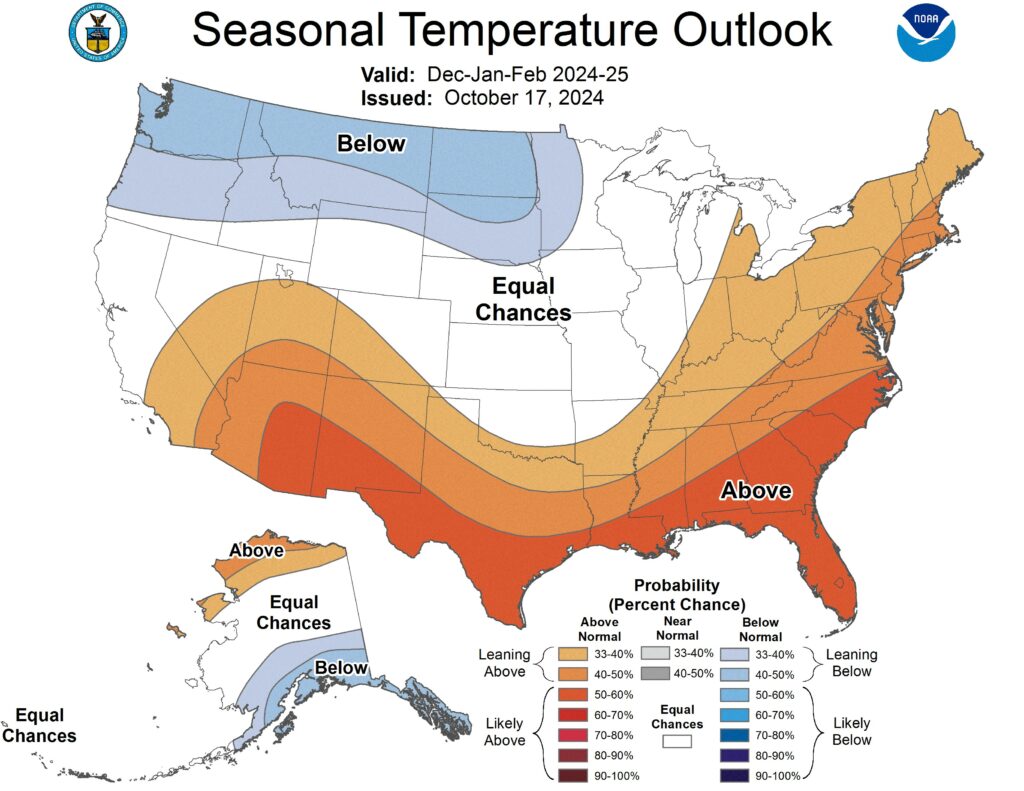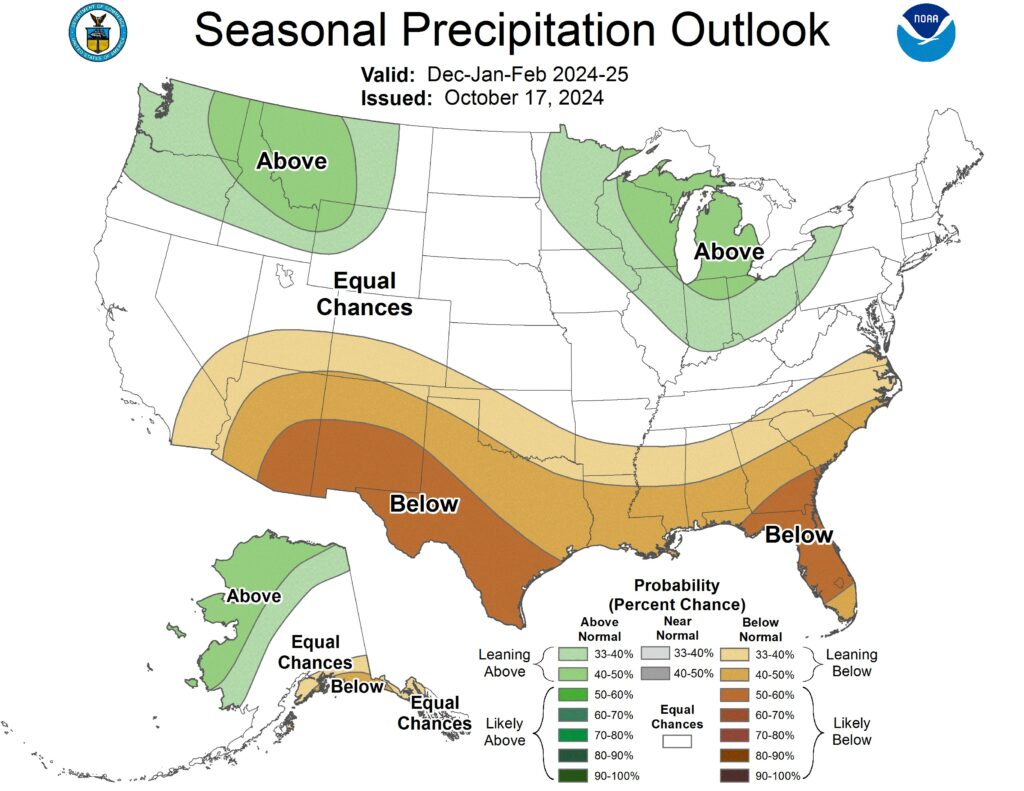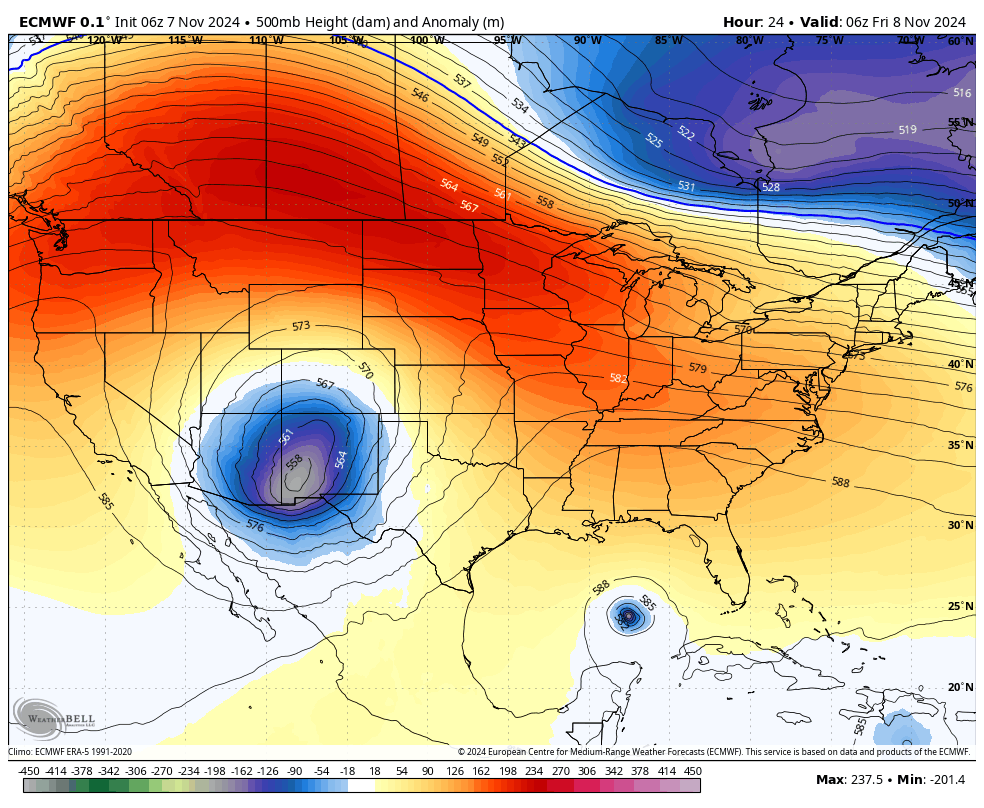In brief: Houston will see calm weather this week, with highs in the 70s and 80s, and some marginally cooler nights. If you’re looking ahead to the weekend, you can be pretty sure we’re going to see a warm and fairly humid pattern, with some slight rain chances. It definitely won’t feel like we’re heading toward Thanksgiving.
A thank you to Veterans everywhere
Today is Veterans Day, a federal holiday to honor everyone who has served in the US Armed Forces. This includes my dad and father-in-law—both of whom served in Vietnam and bore scars as a result—and several uncles. We take freedom for granted as Americans, but as one looks around the world, it is clear that there is no human right to our freedoms of expression, assembly, press, and more. We must continue to guard them, and those who serve in the armed forces are on the front line. So, thank you. If you’re participating in a Veterans Day ceremony today there are no weather concerns, even today’s highs in the lower 80s should feel fine with slightly lower humidity.
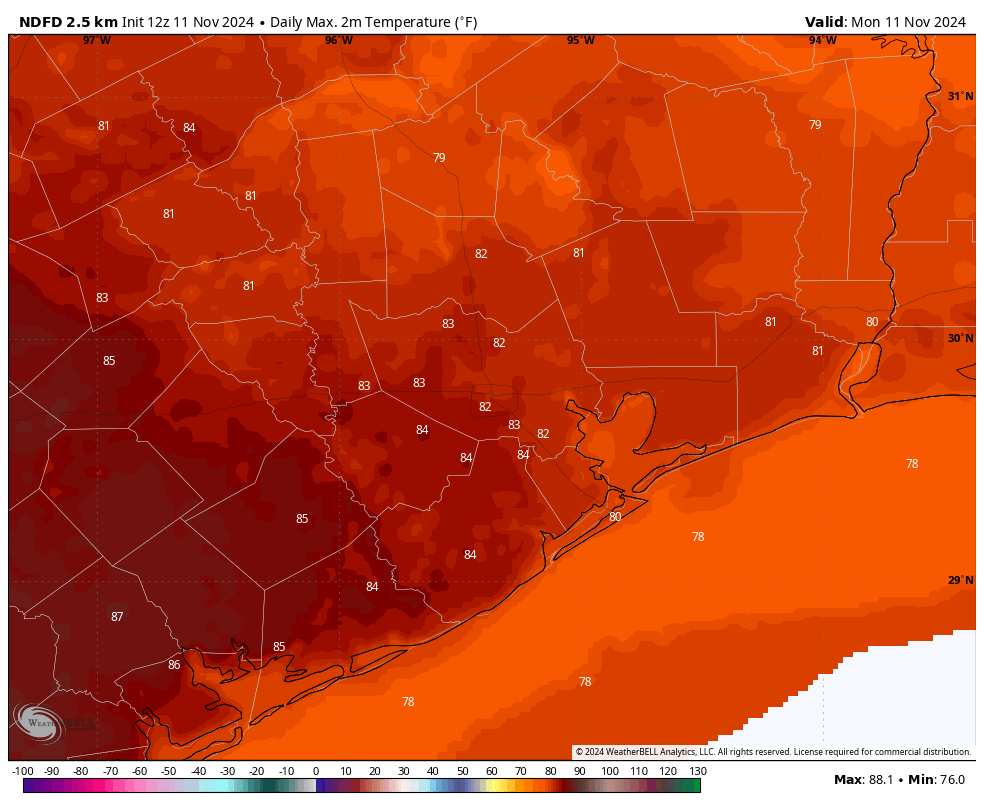
Monday
We’re seeing a drier, northerly flow this morning and it has helped to push low temperatures down into the low- to mid-60s for much of the region. We’ll see mostly sunny skies for much of today, and this will boost high temperatures into the lower 80s. As noted above, however, with a modicum of drier air it won’t feel super humid outside. Winds will be light, from the north or northeast. Lows tonight will drop to about 60 degrees in Houston, with cooler conditions for outlying areas.
Tuesday
Expect another sunny day, with highs of around 80 degrees. As the onshore flow resumes later in the day we’ll see a slightly warmer night, with lows in the mid-60s.
Wednesday
This day will be a little more humid, with at least partly cloudy skies, and high temperatures likely slotting in the mid-80s. We cannot entirely rule out rain chances, but they’re likely only on the order of 10 percent or so. Lows on Wednesday night will probably drop into the the mid-60s.
Thursday and Friday
Our weather for the back-end of the work week will be determined by the strength of a front that arrives on Wednesday night. Some of our guidance is pretty bullish on cooler air behind the front, but others not so much. Given the overall pattern, I’m inclined to favor the warmer outcome as the most likely—even if it is the less desirable one for most of us. In any case, these should be partly to mostly sunny days with highs in the upper 70s. Lows will depend on the amount of cooler air behind the front, but I’m hopeful that most of the region will get into the upper 50s at least on Thursday and Friday nights. We’ll see.

Saturday, Sunday, and beyond
Humidity washes back onshore with a southerly flow this weekend. That means we’re likely to see highs in the low-80s, with warm nights and partly sunny skies. I’m inclined to believe this is probably the last really warm and muggy weekend we’ll see this year—that is to say, with highs pushing toward the mid-80s—but it’s been such a hot year I’m making no guarantees. Each weekend day will probably have a low-end rain chance, on the order of 20 percent. This warmer pattern persists until around Wednesday or so, when we may finally see a bonafide fall front. However, it’s still about nine days out, so …

